
HOME SCHOOLIN' WITH JBG
09/11/20 — Ada Broussard
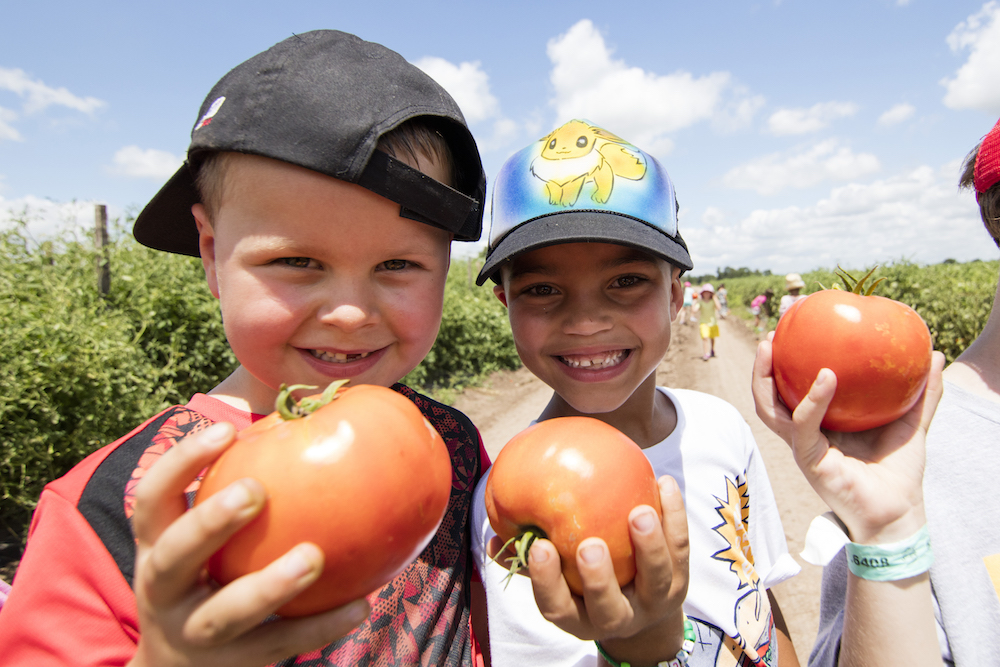 Once upon a time, we hosted an actual field trip to the farm. Photo by Casey Degman.
Once upon a time, we hosted an actual field trip to the farm. Photo by Casey Degman.
This is certainly a bizarre back to school season, to say the least. Are you feeling stretched for time as you adjust to this new school year? If so, check out the very simple meal plan we put together featuring late summer veggies. Feeling the need to provide some at-home learning opportunities for your littles? Even as adults, we’re constantly learning here on the farm, and there is no reason you can’t draw some inspiration from the wonders of the farm-life, too.
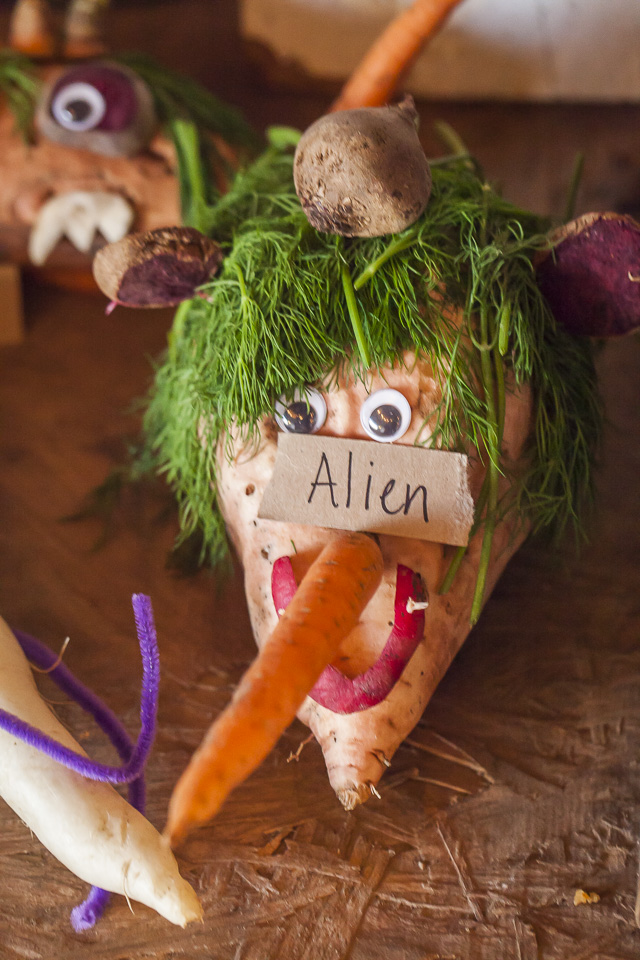 We fully endorse a bit of play with your food.
We fully endorse a bit of play with your food.
The number of free farm and ag-related educational materials on the internet is truly stunning. If you’re a seasoned home-school teacher, maybe you already have your favorite resources that cover farm-related topics. But we approached this idea as many of you might be - as a complete novice. And really, it was somewhat overwhelming. So, if you’re a parent reading this, we first and foremost applaud you, and secondly, we hope you are cutting yourself a big break. And maybe a slice of sweet potato pie ?
Without further ado, a JBG lesson plan:
SCIENCE: Is there any better illustration of the wonders of science and prowess of mother nature than planting a seed and having it turn into a vegetable-producing plant? If you have your own garden, you already know what to do. And if you’ve never grown a thing in your life, you can get started with this powerful science lesson using only a couple of pots, some soil, and some cool-weather vegetable seeds.
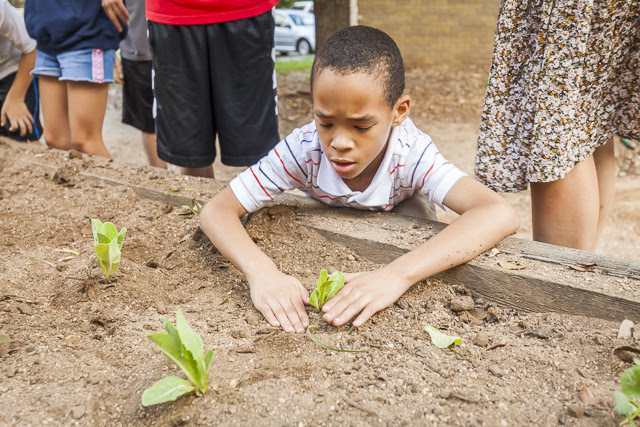 Lettuce is a great vegetable to plant in a teaching garden. It's easy to grow and easy to prepare.. just add ranch! Photo by Scott David Gordon.
Lettuce is a great vegetable to plant in a teaching garden. It's easy to grow and easy to prepare.. just add ranch! Photo by Scott David Gordon.
ALL AGES: When deciding what to plant in your garden, follow your farmers’ lead and use this Travis County seeding chart. Studying this chart with your kiddo is the perfect introduction to seasonality. If you checkout the chart, you’ll notice that now is the time to plant many fall vegetables. Germination is a vocabulary word worth teaching, but if you want to skip the seed portion of this lesson, most local gardening centers have cool-weather transplants that are ready to plop into the ground.
PRESCHOOL AND UP: To lay the groundwork for your gardening lesson, we enthusiastically recommend the book How Groundhog’s Garden Grew by Lynn Cherry. In this book, Little Groundhog learns how to grow his own vegetables (and stop eating the vegetables from his neighbor’s garden). Together with his animal friends, Little Groundhog leans about planting, tending to, harvesting, and even cooking a cornucopia of vegetables. You can watch a read-along of this book here. The illustrations are beautiful! Thanks to Growing Minds (an online educational resource) for suggesting this book. Their website has a ton of lesson plan ideas, also.
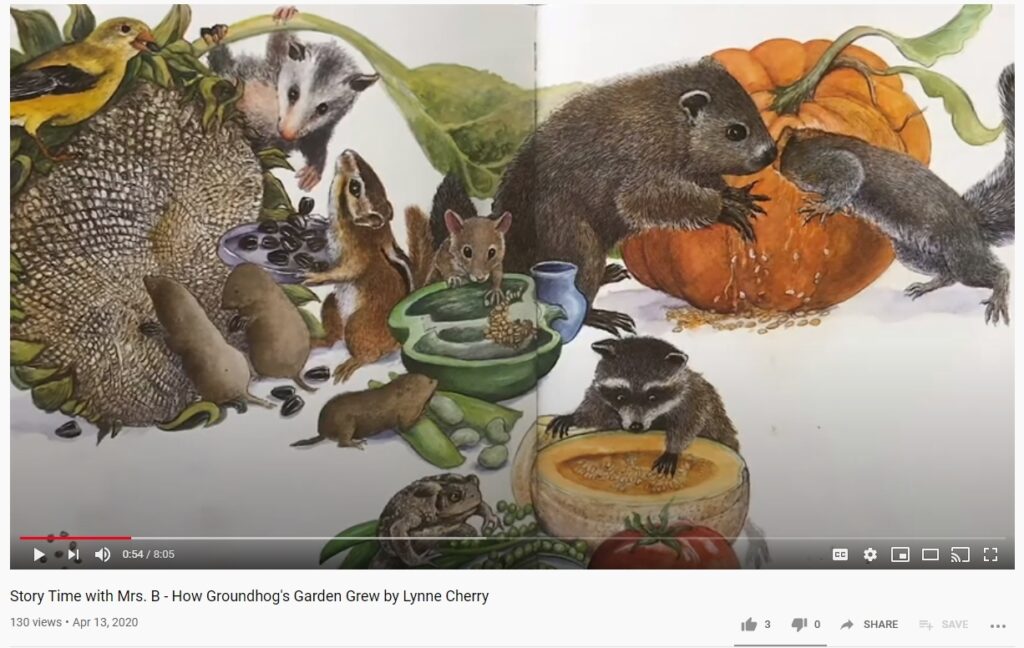 We LOVE the illustrations in this book! Checkout the read along on Youtube!
We LOVE the illustrations in this book! Checkout the read along on Youtube!
GRADES 2-5: The folks at Whole Kids Foundation have put together this (free!) and comprehensive set of lessons to accompany a school garden. There are over 35 creative and cross-curricular lesson plans geared for grades Pre-K through 5 in this resource, and if you’re growing anything at home, this is an incredible collection of enrichment opportunities. One of our favorite lessons is on page 30 and is titled “Seed Packets, Things to Know Before You Grow”. This one hit close to home. If you intend to plant some seeds in the next couple of weeks, follow this lesson plan (and accompanying worksheets) to have your child understand things like germination rates, planting depth, planting spacing, days to maturity, and more. The lesson plan has great suggestions on adding some math into the experience… specifically some of the same calculations that professional farmers do all the time: If beets are planted 3 inches apart and my row is 90 feet long, how many beets will fit in a row? What about if there are two rows per bed? One bunch of beets equals three beets. How many beds would it take to fill 1,000 CSA shares with 1 bunch of beets each? And if I wanted to put the beets in CSA boxes on November 9th, what day would I have to plant the beets? You get the idea.
We can’t say enough about the Whole Kids Foundation resource; it’s one of our favorites that we came across. Another lesson that we really liked can be found on page 122: “A Food Critic in the Garden”. This plan is complete with a formidable vocabulary list for the next generation of food critics and food writers!
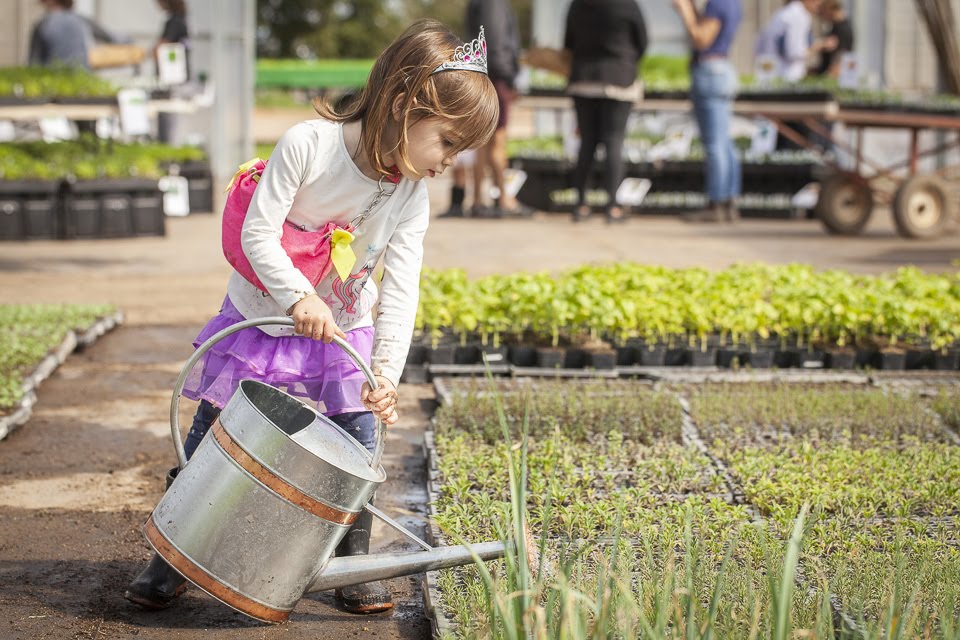
HISTORY: When researching varieties of seed to plant and try out at the farm, we inevitably end up doing a lot of historical research. Not only do particular varieties of a vegetable usually have an interesting origin story, but the domestication of the veggies themselves is the perfect portal to lessons in world history, trade, and the migration of peoples across our globe.
GRADES 5 AND UP: Have your kiddos help you unpack your next CSA share, and encourage them identify one (or all!) of the unfamiliar vegetables in the box. Research a vegetable’s history. When was it domesticated, and how did it get to North America? What other foods were transported with this vegetable and how did the vegetable change as it moved around? What are some ways to prepare the vegetable in the region where it originates? Page 175 of this PDF has a lesson plan titled “Food From Around the World” including a worksheet that makes this large topic a bit more digestible.
MATH: What better way to brush up on your math skills than to do some cooking? Both baking and pickling would lend themselves well to lessons on conversions, fractions, telling time and even shapes.
 Hectors beet muffins, pre-bake.
Hectors beet muffins, pre-bake.
ANY GRADE? Here is a great recipe for Hector’s Beet Muffins from the JBG Recipe Archive. The ingredients in this recipe are listed in milliliters, making this a great opportunity to practice conversions to more familiar teaspoon and tablespoon measurements.
No time to whip up some beet muffins? Here is a cute, seemingly-Italian (cartoon) chef named Tiggly who is teaching preschoolers some addition while making a kiwi and salami soup.
ART: We don’t see any reason you shouldn’t play a bit with your food. Before you store your farmers’ market haul or CSA box contents in the fridge, work with your child to create a large mandala-like design with all of the vegetables.
ALL AGES… ADULTS, TOO!: Spread your vegetables out on a large table cloth or sheet, painting patterns with your colorful haul. Consider getting some dinner prep completed and have our child chop some of your veggies into different shapes and sizes, revealing the vibrant colors inside. Pretend like you’re a farm photographer and get up high to capture the image (and please, email us the pic if you do!). Or, take this veggie play in a different direction and make veggie monsters. Vegetables, toothpicks, and maybe some wooden skewers are about all you need for this project. Set a station up (with some supervision if a knife is involved) and we promise your kiddo will know what to do. Here are some photos of JBG veggie monsters from seasons past for some inspiration. https://jbgorganic.com/blog/2018/11/jbg-fall-open-house-thanks-recap/ Bonus points if googly eyes are involved!
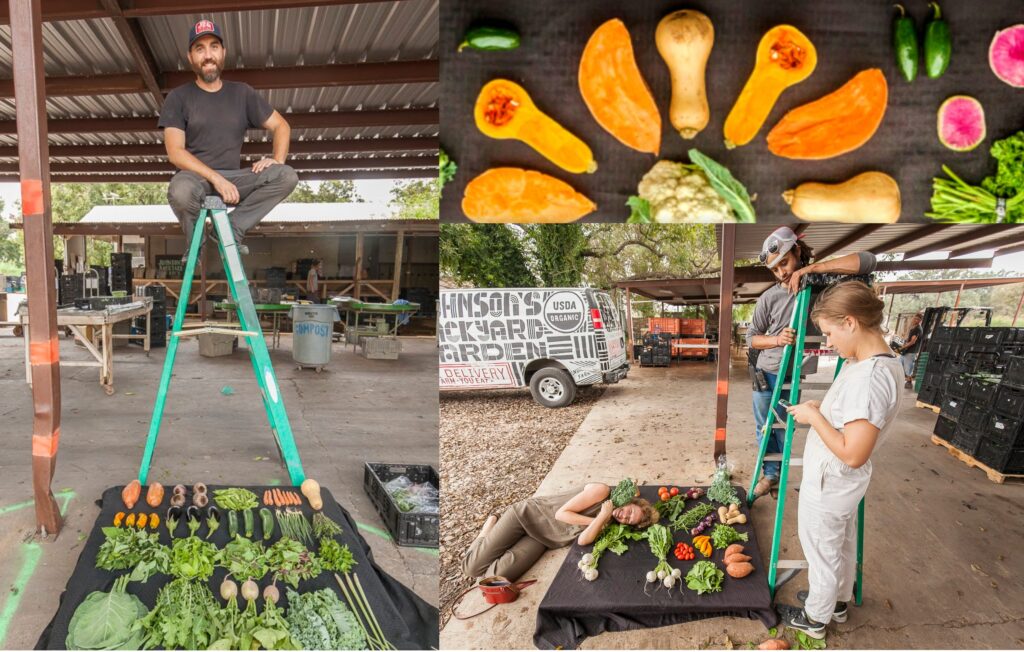 We certainly sneak in a bit of play with our work.
We certainly sneak in a bit of play with our work.
FIELD TRIP: Did you know that one of our Community Pickup Locations for our CSA boxes is actually at our Garfield (River Road) farm? This pickup is on Fridays from 11am to 2pm, and when you scoop up your box at the farm you’re more than welcome to stretch your legs and meander about the fields. Scout the fields, and get excited for upcoming crops! Adam, one of Garfield team members, is usually around to direct you a luscious patch of herbs that you’re welcome to pick a a bundle from. There is a mighty team of tractors and a motley group of trucks always in motion and there to behold. If you’d like to field trip out to the farm for your CSA share one week, simply shoot Faith an email a few days before your regularly scheduled box and she can make the switch. You can email Faith at farm@jbgorganic.com Protip: Wear mud boots if it’s been a rainy week, and make sure your GPS is directing you to our farm in Garfield - Google may lead you to our other location!
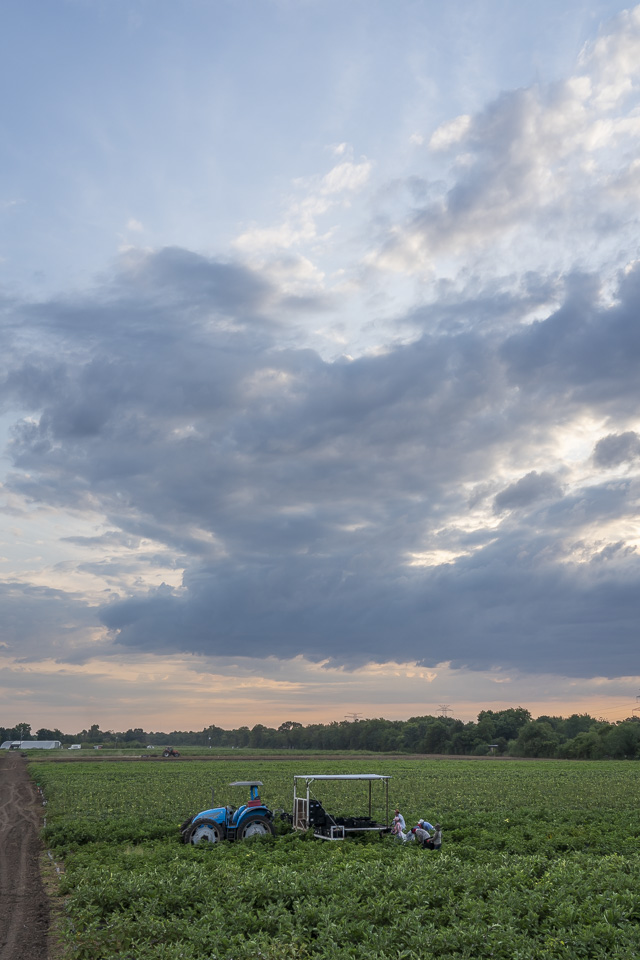 Scoop up your CSA box and enjoy the wide open spaces our Garfield farm has to offer! Photo by Scott David Gordon.
Scoop up your CSA box and enjoy the wide open spaces our Garfield farm has to offer! Photo by Scott David Gordon.






 0 ITEMS IN CART
0 ITEMS IN CART 

